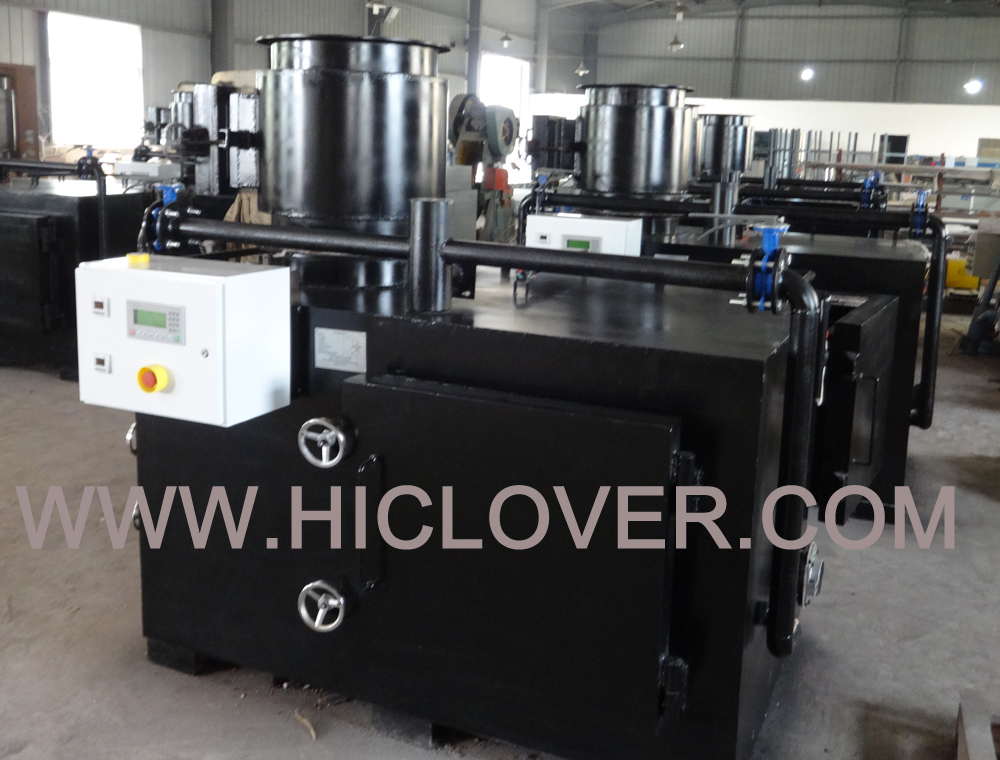Biomedical waste management is an essential aspect of healthcare facilities and laboratories, as it involves the proper handling, transportation, treatment, and disposal of waste generated through medical activities.
To ensure the safety of healthcare workers, patients, and the general public, it is crucial to maximize safety and minimize the risk associated with biomedical waste management. This can be achieved by following best practices that are outlined in a PowerPoint Presentation (PPT) format for easy understanding and implementation.
Maximizing Safety and Minimizing Risk: Best Practices for Biomedical Waste Management PPT includes the following key elements:
1. Segregation and Packaging: Proper segregation and packaging of biomedical waste is crucial to prevent accidents and exposure to hazardous materials. The PPT should emphasize the importance of segregating different types of waste, such as sharps, contaminated materials, and pharmaceutical waste, and using the appropriate containers for packaging.
2. Handling and Transportation: Safe handling and transportation of biomedical waste is essential to prevent spills, leaks, and contamination. The PPT should provide guidelines on how to safely handle and transport waste within the healthcare facility and during external transportation to treatment and disposal facilities.
3. Personal Protective Equipment (PPE): Healthcare workers involved in biomedical waste management should be provided with adequate PPE, such as gloves, gowns, masks, and eye protection, to minimize the risk of exposure to harmful pathogens and chemicals. The PPT should highlight the importance of using PPE and provide specific recommendations for different waste management tasks.
4. Waste Treatment and Disposal: The PPT should cover the various methods of treating and disposing of biomedical waste, including autoclaving, incineration, and chemical treatment. It should also emphasize the importance of following local regulations and guidelines for waste disposal to minimize environmental impact and ensure public safety.
5. Training and Education: Proper training and education of healthcare workers, waste management personnel, and other staff members is crucial for ensuring compliance with best practices for biomedical waste management. The PPT should include training modules and resources for educating personnel on the safe handling and disposal of different types of biomedical waste.
6. Regulatory Compliance: The PPT should provide information on relevant regulations and standards for biomedical waste management, such as those set forth by the Occupational Safety and Health Administration (OSHA) and the Environmental Protection Agency (EPA). It should emphasize the importance of staying updated with regulatory requirements to ensure compliance and minimize legal and financial risks.
In conclusion, Maximizing Safety and Minimizing Risk: Best Practices for Biomedical Waste Management, Explained in a PPT, provides essential guidelines for ensuring the safe and proper management of biomedical waste within healthcare facilities and laboratories. By following these best practices, healthcare providers can minimize the risk of accidents, exposure, and environmental harm associated with biomedical waste, ultimately contributing to a safer and healthier work environment for all.



